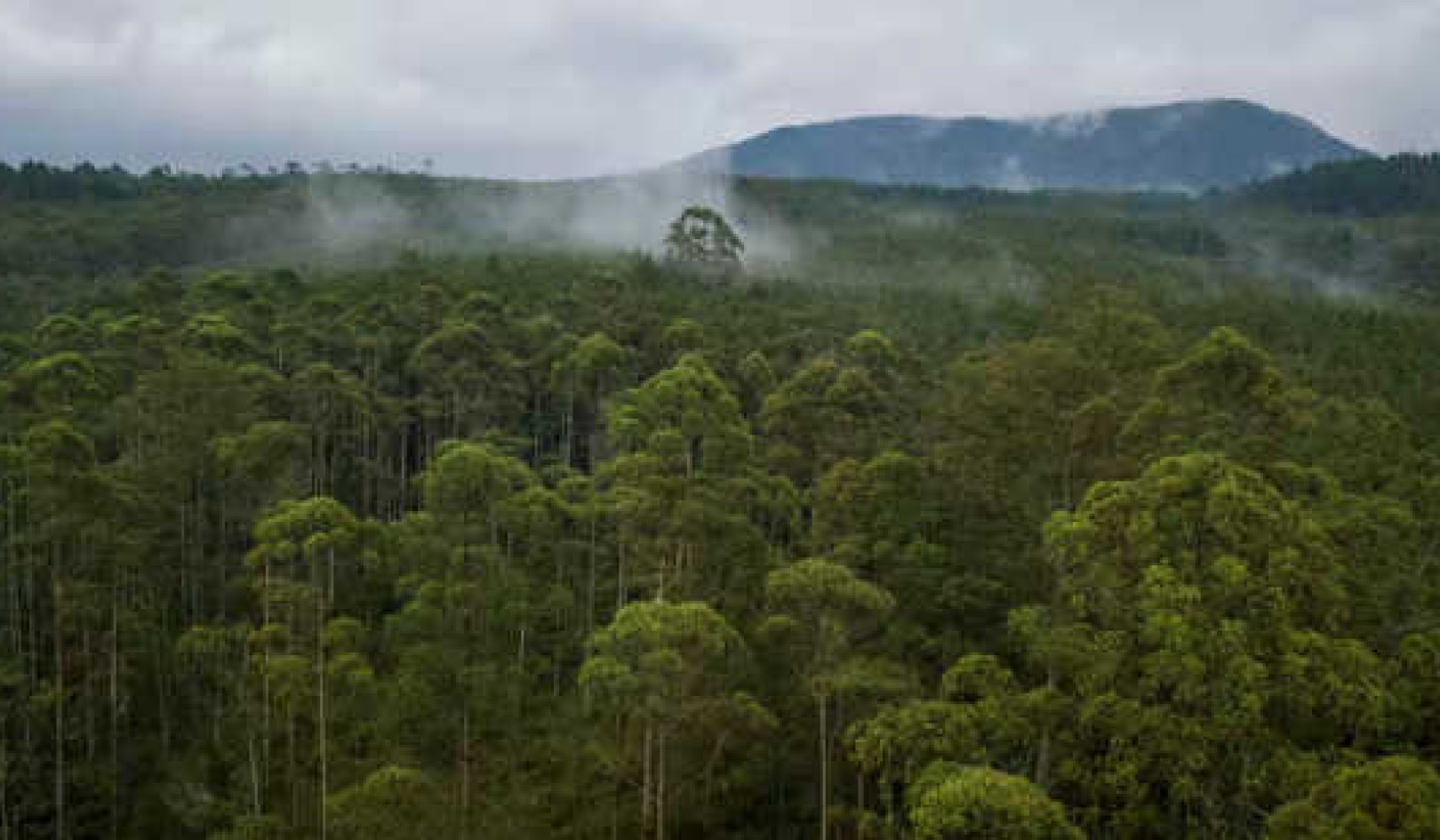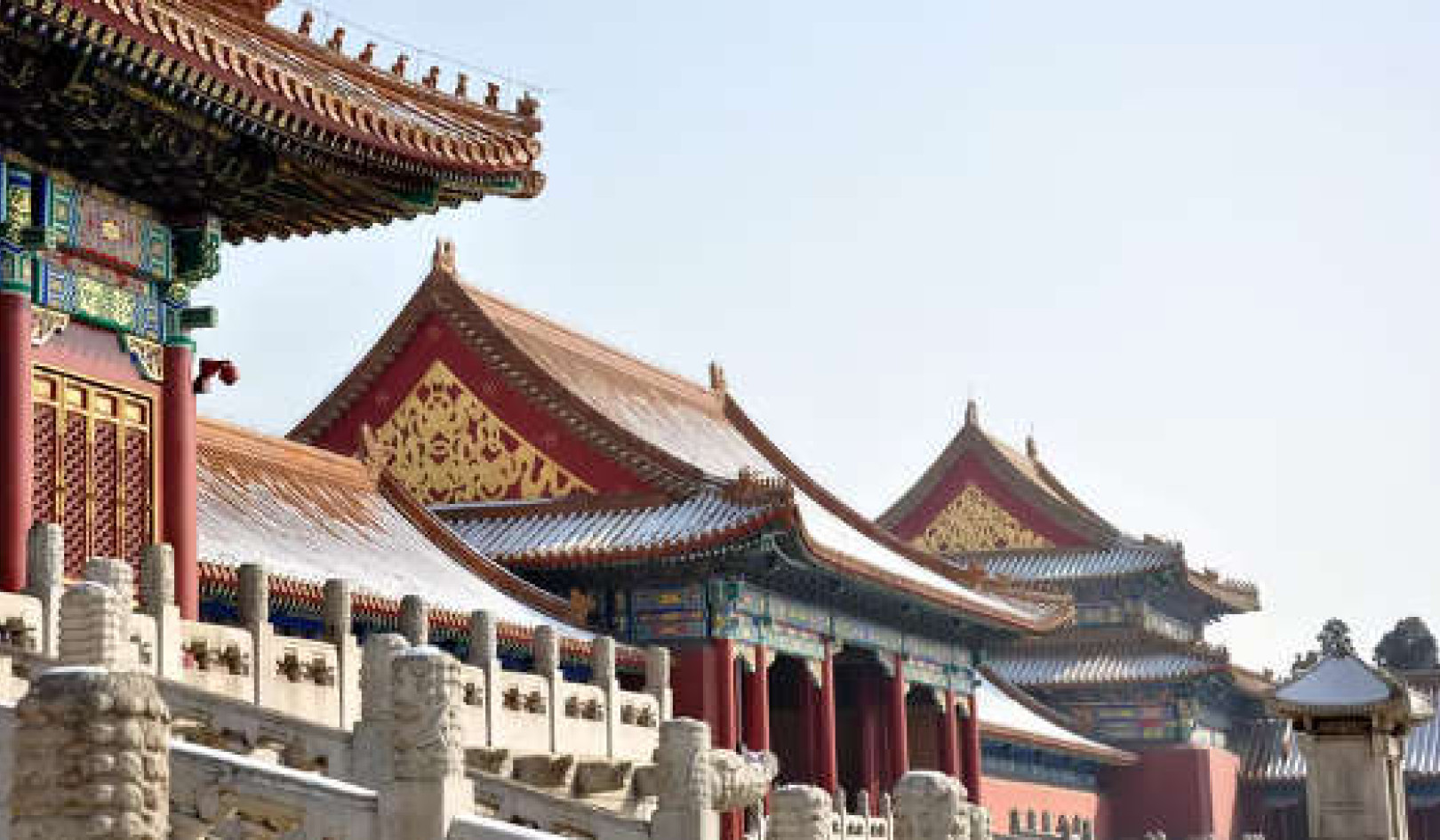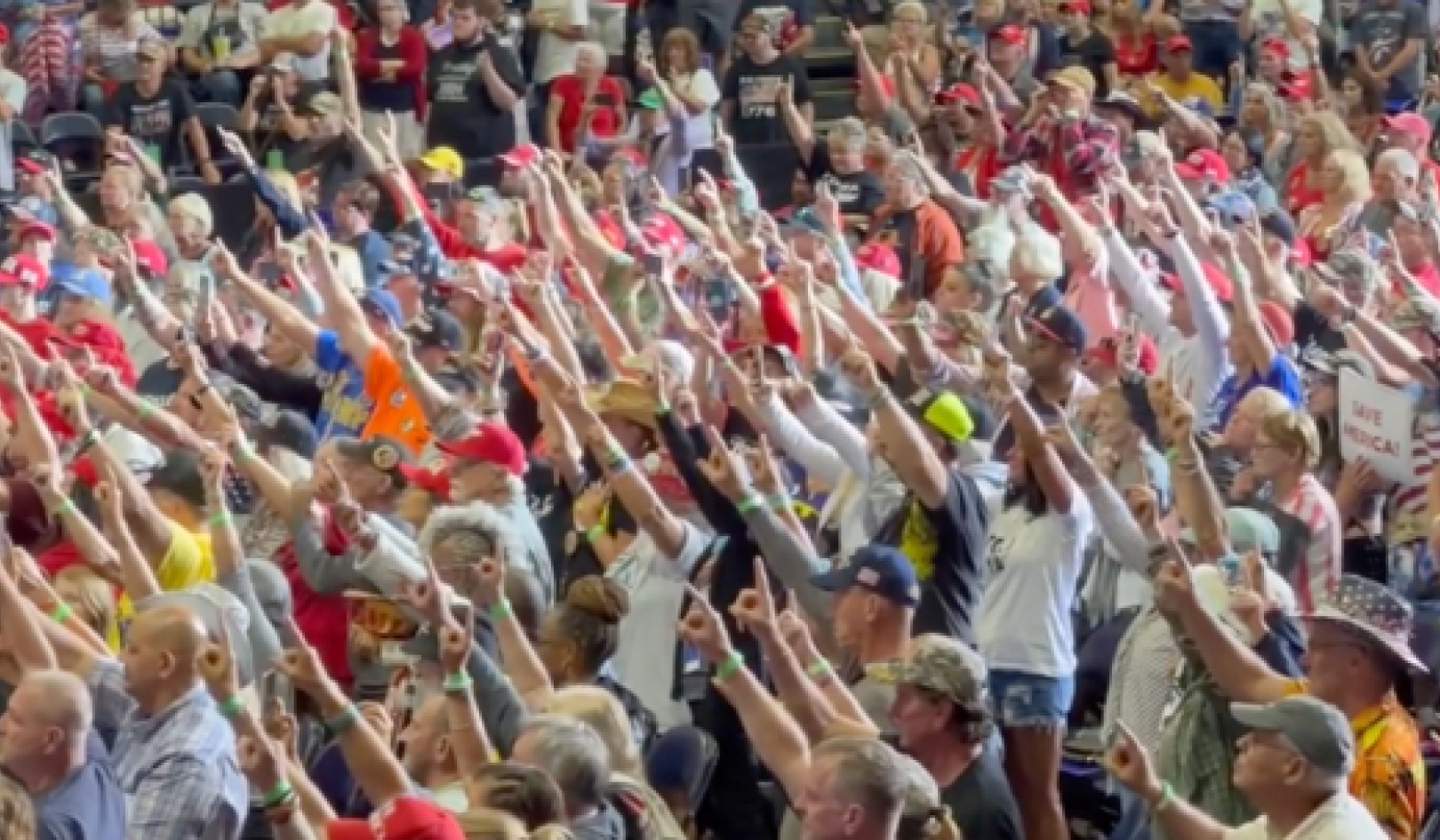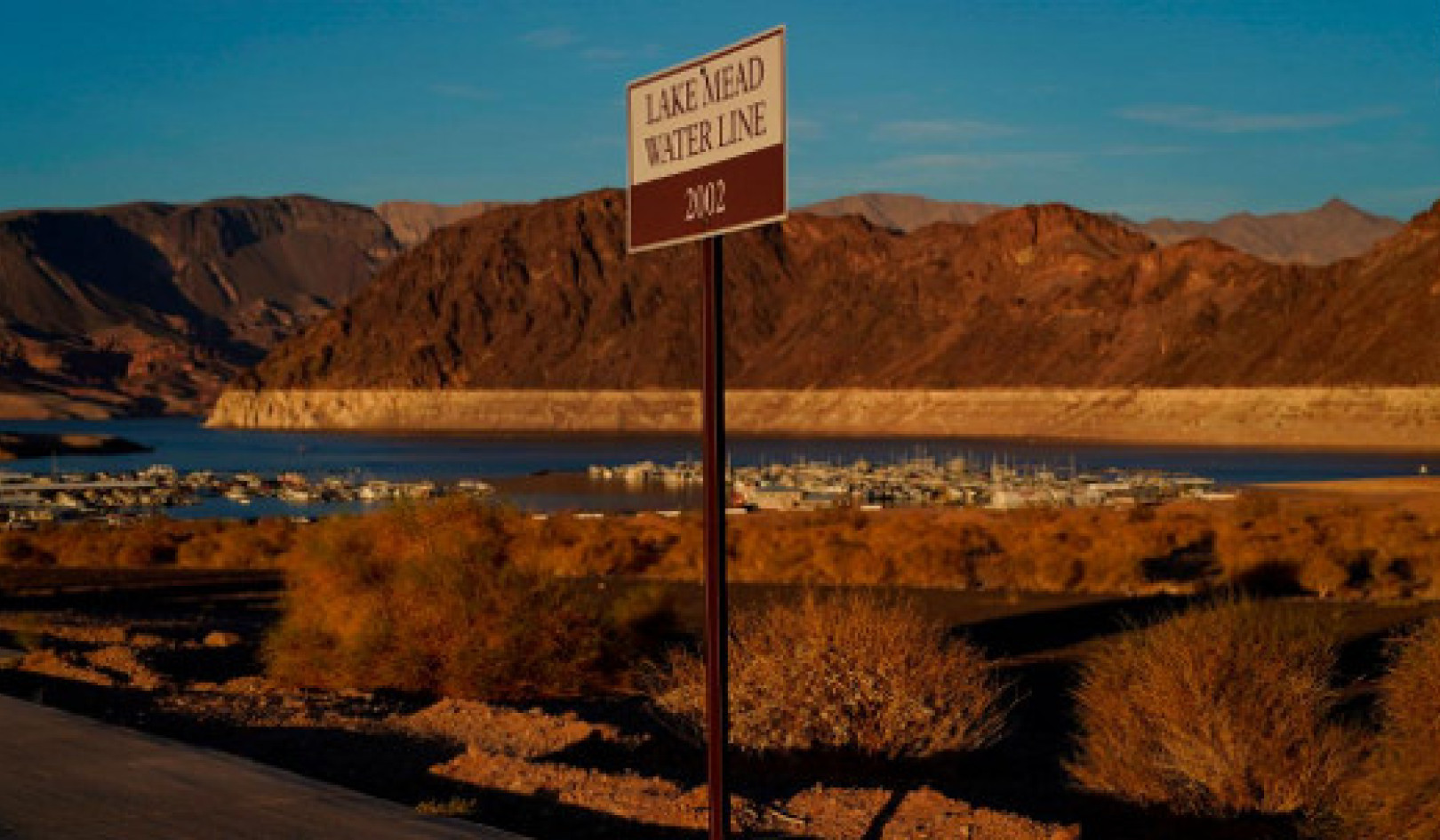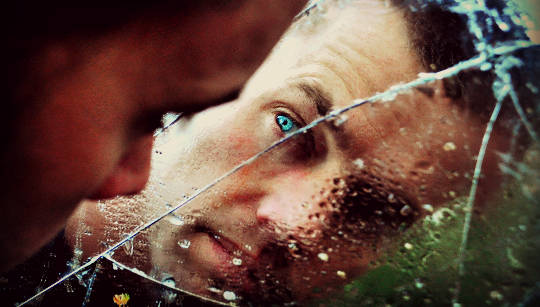
I come from an unusual background. My dad, John Robbins (author of Diet for a New America, and an inspiration to millions) and my mom, Deo, are not just parents to me; they are also my dear friends. From an early age, they helped me to look at problems in the world not as monsters to fear but as opportunities for healing. "However bad things are," my mom used to tell me, "is exactly how much better they can be with a change."
I remember walking with my dad at the beach on a cold winter day in Victoria, Canada, when I was about six years old. We came to a woman and her little boy (who must have been about three) standing on the sand fifty feet ahead. She was hitting the child and shouting: "Don't you ever talk back to me again!" The boy was screaming, a look of terror in his tear-filled eyes. I felt my face becoming pale, and I clutched my dad's hand.
He held my hand firmly and said something I will always remember: "When you see someone hurting another person, it's usually because someone hurt them once. People get hurt, and then lash out at others. The cycle of pain just keeps on going, until someone says 'enough.' Well, this is enough."
We're In This Together
The woman didn't seem to notice us as we approached, my dad in the lead, holding my hand as I followed about a step behind. The boy was wailing at the top of his lungs, his cries broken only by shouts from his mother and the occasional slap. The woman was so absorbed that she was oblivious to our presence as my dad came alongside her. Then, in a strong yet gentle voice, he said: "Excuse me." She spun to face him, a look of shock on her face.
"I'm sorry to bother you," my dad continued, "but it looked like you were having a hard time, and I wondered if we could help." She stared back at him, and her mouth dropped open incredulously. "It's none of your business," she snapped. My dad's eyes were steady and soft, and his voice gentle, "I'm sorry to see you hurting so much."
For a moment, I thought she was going to lash out again, but then a look of shame passed over her face, and she said: "I'm sorry. I'm not normally like this. I just broke up with my boyfriend -- his dad -- and it just felt like everything was falling apart."
As they continued talking, I introduced the boy, whose name was Michael, to a toy car I carried in my pocket. Michael and I played together on the beach for a little while, as his mom and my dad conversed. After a few minutes, they came toward us, and I could hear Michael's mom thanking my dad. "It's amazing what a difference it makes just to have someone to talk to." And then, reaching to pick up Michael, "It'll be okay now. We're in this together, and everything is going to be all right."
Michael looked at her, as though not sure whether to believe or trust her. "Here," I said, handing him my toy car, "this is for you." He smiled at me. "What do you say?" His mom was more commanding than asking. "Thank you," Michael replied. I told him he was welcome, and then my dad led me on down the beach, turning to wave as we walked. The mom waved back, and as she said "Thank you," a faint smile came over her face.
Meeting Hatred with Love
I never forgot that moment. For I had been introduced, at the age of six, to the power of meeting hatred with love. I had learned that there aren't really any monsters, just people who have been hurt and then take their hurt out on others. Just people who need love.
I'm part of a generation of youth who have, for the most part, grown up watching five hours of television a day, with microwaves, rap music, and parents who both work at least forty hours a week. A generation with skateboards, gangs, Nike shoes, and Internet access. A generation of youth who have lived our whole lives under a nuclear shadow, with environmental problems mounting and the fabric of community fraying.
Roughly 95 percent of the high school students in America (in 2002), believe the world will be a worse place in thirty years, with more violence and more pollution. Some of us feel so overwhelmed by the problems, and so depressed by our planetary mess, that we've turned cold. It's hard not to turn cold in the face of it all; especially when that's exactly what so many people around us are doing.
Creating Our Future
It was often hard for me to be growing up in this generation. I felt deeply concerned about the state of our world, and had been raised to think of service as a fundamental part of my life. Questions of the arms race, homelessness, ecology, and planetary survival were discussed in my family daily, and I learned early to consider myself and my actions in relationship to the great issues of our time. Most important, I was raised to think and feel that the choices I make and the way I live can make a difference.
Most of my peers did not feel so empowered and supported by their parents. They seemed more interested in shopping malls and MTV than stopping global warming and feeding the hungry. I often felt isolated among people my own age, for few of them seemed motivated to do something about the problems and pain of the world.
When I was fifteen, I attended a summer camp sponsored by an organization called Creating Our Future. There, for the first time, I met other young people willing to really talk about the state of our world, young people who wanted to work for positive change. It was exhilarating for me to realize that there were in fact many young people all over the world who cared.
We explored issues ranging from saving the rainforests to healing sexism and racism, and looked at how we could bring peace to our families, our communities, and our world. One of the people I met at that camp was Ryan Eliason, then age eighteen.
Ryan and I quickly became good friends, and we decided that we wanted to work together. We knew many young people were lost in apathy and despair, and we wanted to let them know they could make a difference and help them to learn how. So in the spring of 1990 we started Youth for Environmental Sanity, or YES!. EarthSave International, the nonprofit organization my dad had started, took us on as a project and gave us office space and a computer.
Creating New Results by Changing What We Do
My dad's work had inspired many people, some of them wealthy and prominent. So with help from him and the people with whom he put us in contact, combined with the hardest work of our lives, we were able to raise money, find other young people to join us, and start an organization.
Our first assembly presentation was at Galileo High School in San Francisco. An inner city school surrounded by a barbed wire fence, Galileo is one of the tougher schools in Northern California, with a significant gang population and a high drop-out rate. Upon arrival at the school, we realized we had forgotten to ask for a sound system. No problem, the principal said, handing us a megaphone.
So there we were a half hour later, standing in front of three hundred kids, half of whom didn't speak English well, with a battery-powered megaphone amplifying and distorting our words, in an enormous gym that seemed to keep each sound echoing off the walls for at least ten seconds. Annoyed by the strain of trying to hear us, the students began to chatter among themselves, while we stood there like a bunch of fools and lectured them on the virtues of living in harmony with the Earth.
I don't think many of the students could have heard us even if they had wanted to. We hadn't yet arrived at the end of our presentation when the bell rang. The students got up and left, without waiting for us to finish, or even clapping. I asked one departing girl what she'd thought of the assembly. "Bo-ring," was her only answer. At that moment, I wished I could crawl into the nearest hole in the ground and never come out. We had so many hopes and dreams invested in the YES! tour, and now I wondered if it might all be for naught.
As we left Galileo, we were one dejected bunch. We might have canceled the whole tour and given up on changing the world right then, except for the fact that we had an assembly at Los Altos High School already scheduled for the following morning. We went out to a restaurant that night and made a list of everything we had done wrong in our presentation. The list went on for eight single-spaced pages. The bottom line was that we had talked, and given statistics, but we hadn't related to the people in the room. Our presentation had lacked humor, music, visuals, entertainment, and perhaps most important, personal depth.
We stayed up all night brainstorming ways to improve our presentation and then talking about how to implement them. When we arrived at Los Altos the next morning, we were nervous, exhausted, and yet excited to see how our ideas would work. The response was outstanding, with dozens of students coming up to us after the presentation to thank us and tell us how much the assembly had meant to them.
Youth Are The Future
As the years went by, our presentations improved. The more we did it, the better we got at reaching diverse audiences. The YES! tour...reached more than a half million students through assemblies in thousands of schools. We've conducted hundreds of day-long workshops in thirty-five states. And realizing that assemblies aren't enough time to really change lives, we've organized fifty-four weeklong summer camps for young environmental leaders from thirty countries, camps that have taken place in not only the United States but also Singapore, Taiwan, Australia, Canada, and Costa Rica. YES! camps bring together diverse young adults who share the vision of a better world and offer support and skills for compassionate and effective action.
Working with youth, I notice with sadness how often tension and misunderstanding arise between the generations. The so-called generation gap often seems to be a chasm. I find little respect among my peers for the generations that have come before us. Perhaps it's because previous generations have made such a mess of things. But I think it's also because we tend to model how we've been treated.
Young people who have been treated with little respect by adults will rarely feel much respect for them. Most young people frequently experience adults who dismiss their thoughts and feelings on account of their young age.
In light of this, I was intrigued when I heard that the Dalai Lama was coming to San Francisco in June of 1997 for a conference that would include people of all ages, from many cultural backgrounds, for a common exploration of peacemaking. The conference, titled "Peacemaking," was to include speakers who were working for peace and social justice all around the world, including the jungles of Guatemala, the forced labor camps of China, and the American inner city.
I was particularly fascinated to learn that the Dalai Lama had specifically requested a meeting with the youth participants of the conference, a meeting that would not include any participants over the age of twenty-four. When asked why he wanted to have this meeting, the Dalai Lama had replied: "Youth are the future. All ages are important, but it's young people who have to carry the burden if the world's turned over in a bad state."
Somehow it seemed appropriate that the Dalai Lama, one of the great elders of our times, would respect young people enough to have a special meeting with us. I knew I had to be there.
The Dalai Lama
The atmosphere was intense and charged with excitement as five hundred young people poured into the room. They represented every major race and religion in the world. Young people from Hawaii to Harlem, from communes, gangs, high schools, and home-schools; punks, skaters, social activists, environmental leaders, farm workers, students, and school dropouts.
To my left sat an African-American teen with long dreadlocks, perhaps eighteen years old. He came from Compton, where he was part of a school club that combats racism. His T-shirt said: "Fight the Machine." Why did he come to the conference? "Because I'm sick of the way things are going, and I wanted to learn how to do something positive."
To my right sat a seventeen-year-old Caucasian girl with light brown hair. She was preparing to study journalism in college and hoped to gain ideas that would stimulate and inspire her. In that one room sat young people from inner city gardens, suburban recycling programs, gang prevention projects, groups that teach conflict resolution skills, and organizations working for the homeless, for prison inmates, for social justice, and for the environment. The feeling was electric.
As I looked around, I wondered: Would these young people, from so many different backgrounds, be able to find common ground? A noisy, expectant chatter filled the room. And then a clapping started, and spread, as one by one we rose to our feet to greet the Dalai Lama, who was just entering the room. Though our backgrounds varied greatly, we would all soon be united in our respect for a great peacemaker.
In his maroon and yellow robe, the Dalai Lama looked anything but intimidating. Yet though he spoke gently, his words and sweet amiability carried with them a sense of a deep humanity, and of a peace unruffled by the violence and genocide his people have endured.
It was announced that anyone who wished to ask a question could come over to the microphone, and within seconds there were twelve people waiting in line. The first person in line was a young woman who started shaking when she began to speak. Finally she managed to say how moved she was to see the Dalai Lama, and that he was her greatest hero. Then she asked: "Is it possible to be in a state of oneness and peace all the time?"
The Dalai Lama smiled, and then burst out laughing, as he answered: "I don't know myself! But you must never stop trying." A bright smile danced across his face, and she returned to her seat glowing with excitement to have spoken to her hero.
The Absurdity of Racism
One young man from a gang coalition in Mexico spoke through an interpreter: "Many of us in gangs are tired of waiting. We've come together to denounce violence. We don't want to be the bad guys anymore. But still we face much racism and struggle. What do you think of urban Mexican guys like us?" Loud clapping filled the room, and someone else spoke before the Dalai Lama could answer. But a short time later, perhaps in response, the Dalai Lama spoke of racism and said in his uniquely simple way: "We all have two eyes, one nose, one mouth. Internal organs also the same! We are people." Then he broke into a peal of laughter, as if he found the whole notion of racial prejudice rather absurd.
Later, he again touched on the subject: "If you have only one type of flower, over a big field, then it looks like a farm. But many different types of flowers looks like a beautiful garden. For a beautiful garden, we must take care of each plant. I think the many different cultures and religions of our world are like this garden."
Choosing Compassion and Inner Peace
Knowing a bit about the plight of the Tibetan people, I would have understood if the Dalai Lama was bitter. After all, he was forced to flee his country under the onslaught of the Chinese invasion in 1959. Since then, he has seen hundreds of thousands of his people tortured and murdered by the Chinese government. He has helplessly endured the wholesale clear-cutting of Tibetan forests and the dumping of countless tons of hazardous and nuclear wastes on Tibet's fragile and pristine ecosystems. And he has been in exile, unable to return to the land over which he still presides.
Yet a remarkable peace emanates from this man. A man who, remarkably, does not hate the Chinese. A man who clearly feels great compassion for them.
What, I wondered, gives him such tranquility in the face of the horrors he's seen? How does he persevere as the revolutionary leader of a conquered land he cannot even visit while holding an inner peace at the core of his being? Then I realized with a flash of excitement that the Dalai Lama was able to persevere in the face of so much suffering precisely because he had a deeper spiritual base upon which to depend. If he thought the only thing that mattered was Tibetan politics, he would have long since been lost in despair. But he has learned to take root not in external results but in a peace that comes from within.
One of the people at the Peacemaking conference was Thrinlay Chodon, a thirty-year-old Tibetan woman who was born and grew up in northern India after her parents fled Tibet. They both died while she was young, and Thrinlay's life has been that of a refugee, living in tremendous poverty. I asked her how she kept from hating the Chinese.
"The Dalai Lama reminds us that the Chinese have created much bad karma for themselves, and the last thing they need is our hateful thoughts. If we hate them, we will have lost. Love will have lost to hate. So we must keep them in our hearts if we are to persevere in the struggle."
Political and social activism, I realized, are not separate from spiritual work. They need each other. We cannot expect to get anywhere preaching a doctrine of peace while hating the warmongers.
We will never free Tibet while hating the Chinese. Because freeing Tibet and bringing peace to our cities and our world are not just about politics, but about values.
Peace Anywhere Helps Make Peace Everywhere
I've had the opportunity to be around many people who have given themselves to the goal of fostering positive change. Yet the forces of destruction are so great that they can sometimes feel overwhelming. How are we not to get lost in the despair and pain? The Dalai Lama, and the whole movement for the freedom of Tibet, teach me something profound. For in them I can see that, in the final analysis, what matters most isn't that our efforts meet with success, it's that we give all we have to the causes we hold dear, trusting that in the greater panorama that lies beyond our perception, there is a profound meaning to all the love we share.
I believe the struggle for the liberation of the human spirit is taking place on many levels, including some we cannot always see or hear. If we are to persevere in our work in the world, we cannot depend only on external results. We need a spiritual foundation from which to gain perspective, act, and draw nourishment. If we want to bring peace to the world, we must also strive to have inner peace. As the Dalai Lama said at the Peacemaking conference: "The same is true in reverse. Peace in the community helps make peace in the individual. Peace anywhere helps make peace everywhere. That's why we need more peace."
Some young people at the conference found talk of peace hard to swallow. Many of them came from inner cities, where drugs and drive-by shootings are prevalent and homelessness common. "I don't want peace," said Philip, a teen from San Francisco, "I want change. Fast. I'm mad, and I'm not going to just sit back and pretend everything's nice in the world." I have heard these kinds of sentiments again and again.
Many young people are angry about what's going on around them. Bottle that anger up and it will become destructive. Give young people a meaningful outlet for our energies, and we can accomplish extraordinary things.
Working for Peace Challenges the Status Quo
"Peace" sounds passive to some youth, like a cop-out in a world desperately in need of action. Yet during the Peacemaking conference, lifelong activists in the fields of human rights, social change, ecology, and racial healing sounded a different chord. Harry Wu, an exiled Chinese dissident who has spent much of his life in China's forced labor camps (which he compares to German concentration camps) told the conference: Peace is not the denial of injustice, nor is it merely the absence of violence. In a world torn apart by war and separation, peace is revolutionary. In a world where abuse of people and the Earth is normal, working for peace means directly challenging the status quo.
Sometimes, as many of the conference presenters could attest to from personal experience, working for peace means placing ourselves at great personal risk. But to do anything else is to risk our souls and our world. No real peace will ever last without economic and social justice. Harry Wu ended one of his speeches with a profound message: "The power of nonviolence is to tell the truth to all the people. The power of nonviolence is to never give up the ideal of justice."
Toward the end of the conference, a large group of young people noticed the irony of noble peace talk inside the convention center while dozens of homeless people sat hungry on the street outside. They made up several hundred sandwiches, then went out and gave them, free of charge, to all who wished to partake.
Reprinted with permission of the publisher,
New World Library. ©2002.
http://www.newworldlibrary.com
Article Source
Radical Spirit: Spiritual Writings from the Voices of Tomorrow
edited by Stephen Dinan.
 A collection of twenty-four essays by members of Generation X includes contributions from spiritual pioneers, visionaries, healers, teachers, and activists on topics ranging from environmental awareness and social justice to personal fulfillment and spirituality. Original.
A collection of twenty-four essays by members of Generation X includes contributions from spiritual pioneers, visionaries, healers, teachers, and activists on topics ranging from environmental awareness and social justice to personal fulfillment and spirituality. Original.
About the Author
OCEAN ROBBINS is founder and president of Youth for Environmental Sanity (YES!) in Santa Cruz, California, as well as author (with Sol Solomon) of Choices for Our Future. YES! sponsors assemblies, programs, and summer camps to educate, inspire, and empower youth worldwide. For more information; see www.yesworld.org



















